All products featured are independently chosen by us. However, SoundGuys may receive a commission on orders placed through its retail links. See our ethics statement.
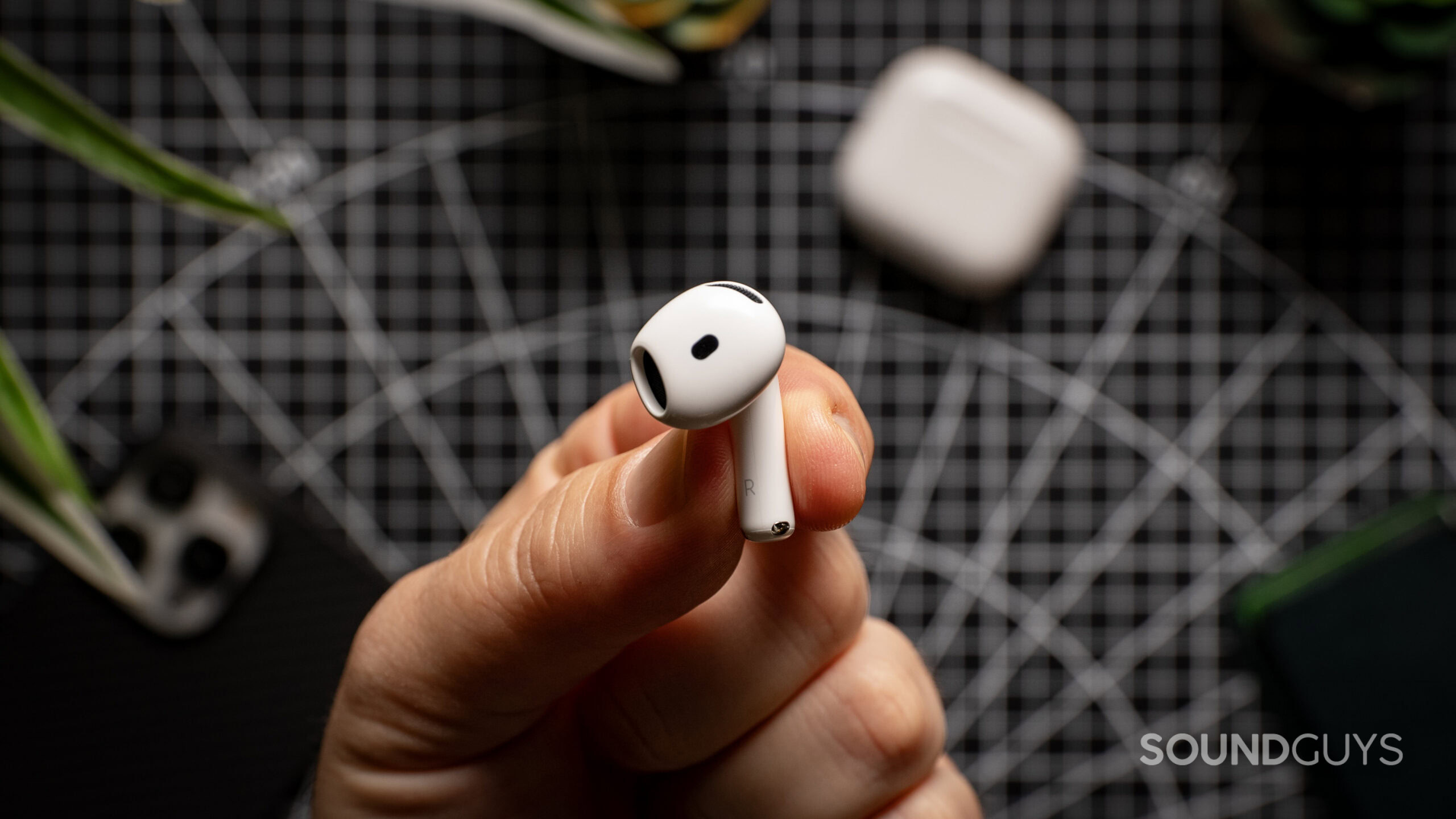
Apple AirPods 4 review: The best value AirPods ever
Published onApril 9, 2025
Apple AirPods 4
Case: 46.2 x 50.1 x 21.2 mm
Ear-tip sizes: Multiple
Case: 32.3g
At a starting price of only $129, the Apple AirPods 4 are the cheapest AirPods ever. Despite a starting price that is $50 cheaper than that of the prior AirPods (3rd generation), the new model promises some significant upgrades. With a new design, the H2 chip, and the promise of improved sound quality, are these the best bang for your buck AirPods? Let’s find out, in our Apple AirPods 4 review.
- April 9, 2025: Updated formatting and answered an FAQ on hearing aid functionality.
- October 1, 2024: Clarified language.
The Apple AirPods 4 are for those in the Apple ecosystem that either dislike sealed earbuds or simply want AirPods at the cheapest price. You should not buy the AirPods 4 if you use an Android phone.
What’s it like to use the Apple AirPods 4?
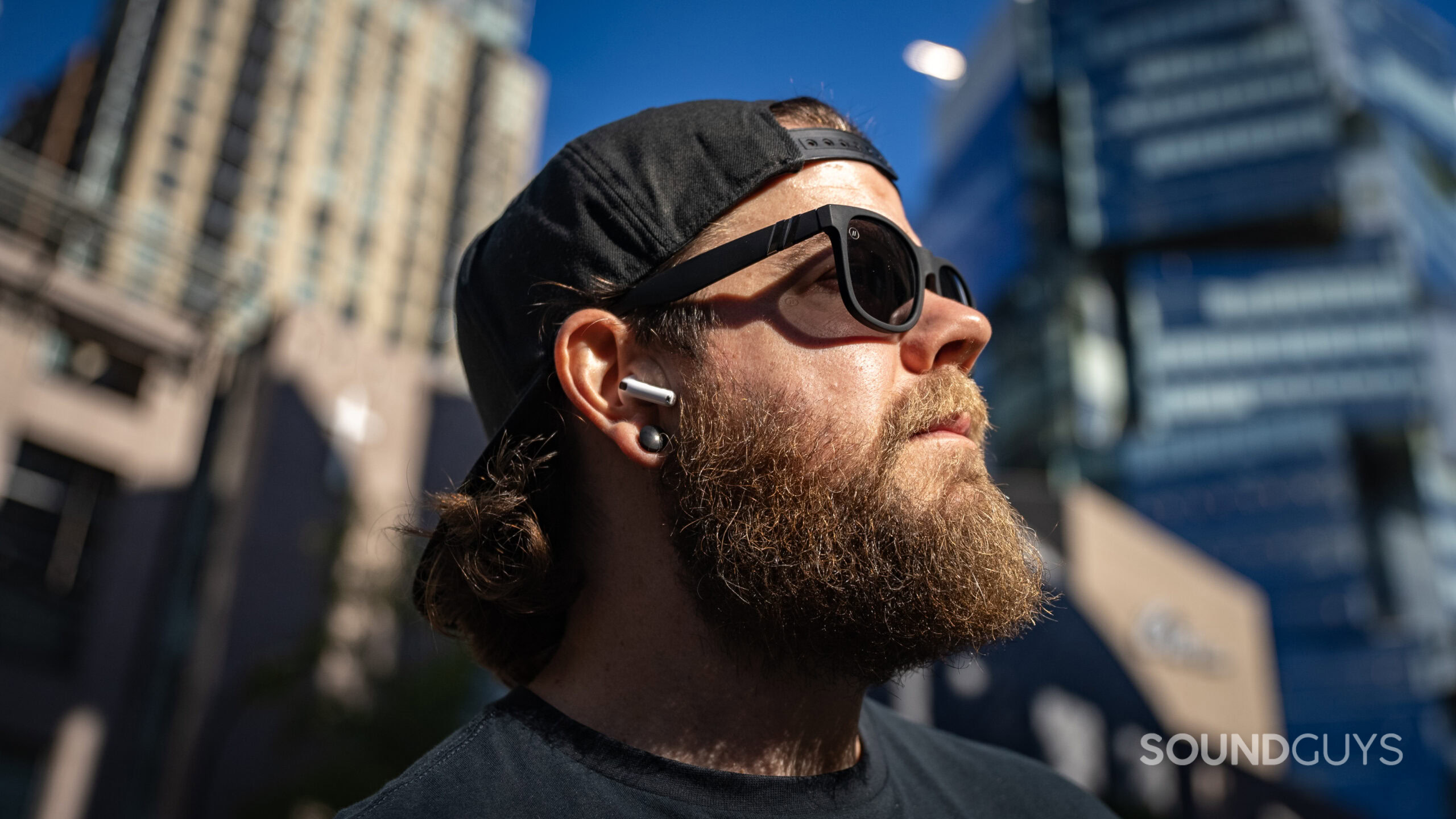
With a redesigned shape based on a large sample size of various ears, Apple has claimed that the AirPods 4 fit better than previous generations of AirPods. That said, these earbuds still don’t come with swappable ear tips, which is the main reason to upgrade to the Apple AirPods Pro 2 instead.
If you don’t like the feeling of inserting ear tips into your ear canal, you may prefer the open design. There are clear tradeoffs with the lack of ear tips though. For one, this one-size-fits-all all approach simply doesn’t work with all ears. Everyone’s ears are shaped a little differently, which means your experience with the AirPods 4 will be vastly dependent on whether or not you have the right shape of ears to get a comfortable and secure fit. Passing the AirPods around our office, some people could attain a comfortable fit with the AirPods 4, while others immediately noticed discomfort. If you can try them on before buying, I would strongly recommend you do so.
As with all AirPods, fit is key.
Like previous generations of AirPods, the AirPods 4 are extremely lightweight at only 4.3g. Combined with the open design, it’s pretty easy to forget that you are wearing them, if they fit you well.
The lack of ear tips means you get limited control over the level of noise around you. Sure, you can spend a bit more and get the Apple AirPods 4 with Active Noise Cancellation, but those don’t hold a candle to the performance of the best noise canceling earbuds. If you like to stay aware of your surroundings, then you won’t mind this. If you live in a noisy city like me though, you’ll find yourself wishing you could drown out the sounds of traffic to focus in what you actually want to hear – your music.
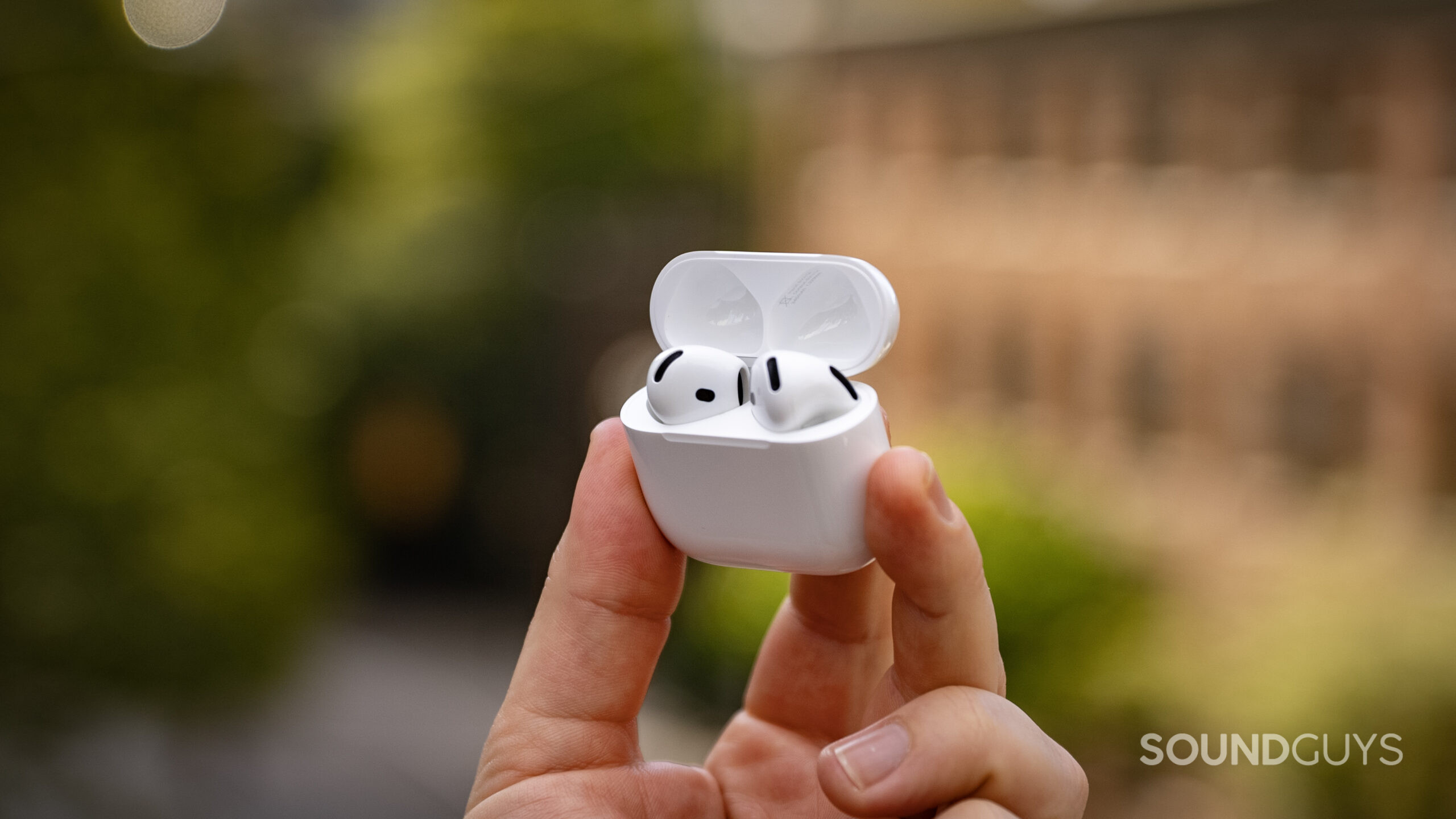
The AirPods 4 have a durability rating of IP54, which means they have minor protection against dust and water. You shouldn’t take the AirPods 4 swimming or wear them in the shower, but they can handle a sweaty gym workout or a slightly rainy day just fine. The AirPods 4 don’t come with any wings or fins to ensure a secure fit during workouts, but you can buy these accessories from third-party sellers.
Unlike the AirPods Max, which come in a variety of color options, you’re stuck with only a white color option for the AirPods 4. This is a classic look that dates back decades to the early days of the iPod, but it would be nice to at least have the option to select from a few different colors. At least you can get a personal engraving on your AirPods.
Controlling the AirPods 4 is the same as before, you simply pinch the stem of either earbud. The stem is a little shorter than on previous generations, but still easy to navigate thanks to the small indentations. You can also now shake your head to answer or decline a call, or to give a nonverbal cue to Siri.
| Action (stems) | Either earbud |
|---|---|
One tap | Play/pause |
Two taps | Skip forward |
Three taps | Previous track |
Press and hold | Siri |
"Hey Siri" | Change volume, request directions, playback control, receive messages, and more |
Nod or shake | Answer "yes" or "no" to Siri |
What are all of the software features like for the Apple AirPods 4?
There are a ton of features to explore on your device relating to the AirPods 4. Inside the Settings app, you’ll find the option to adjust controls or disable automatic ear detection. In the Control Center on your device, you can enable different Spatial Audio modes. For the best spatial audio effect, you’ll want to listen to Dolby Atmos mixes in Apple Music. That said, you can convert any audio to spatial audio using the “Spatialize Stereo” feature, though I find this often doesn’t sound as good as the standard mix.
There’s also a Head Tracking mode, which creates the experience of your audio coming from a single source in front of you. I find it mildly annoying that this mode defaults to turning on while watching Netflix, but some people may enjoy the simulated theatre effect.
If you lose an AirPod, you can head to the Find My app to locate it. The charging case of the more expensive AirPods 4 with Active Noise Cancellation has a built-in speaker that will play a tone to help you locate it. The standard AirPods 4 case does not have this feature.
AirPods firmware updates take place automatically in the background. As long as you have the latest version of iOS installed on your device, your AirPods 4 will stay up to date.
How do the Apple AirPods 4 connect?
Just as before, the new AirPods work best when paired with an ecosystem of Apple devices. I’ve tested hundreds of earbuds before, many with unique features, but none can match the integration of using AirPods with all my Apple devices. The AirPods 4 also have audio sharing, which lets you stream to multiple pairs of AirPods from the same device. These ecosystem connectivity features aren’t new to the AirPods 4, but it is worth re-iterating the main reasons someone should buy AirPods 4 instead of other great earbuds.
In terms of connection quality, the AirPods 4 connect via Bluetooth 5.3 using AAC. There’s no support for high-end Bluetooth codecs, but AAC is the way to go with Apple devices. During our testing period, we didn’t experience any connection dropouts with the AirPods 4.
To pair AirPods 4 to an iPhone, simply open the charging case near your phone and wait for the pairing card to pop up on your phone. To manually put the AirPods in pairing mode, or to connect the AirPods 4 to other devices, follow these steps:
- Ensure the earbuds and case are charged. Place the earbuds inside the case.
- Open the lid and double tap the front of the case until the status light starts flashing white. The AirPods 4 case does not have a physical pairing button, just a touch area on the front of the case that you must double tap.
- Now that the AirPods are in pairing mode, look for them in the Bluetooth settings on your device.
How long does the Apple AirPods 4 battery last?
In our battery testing, the AirPods 4 lasted 6 hours and 21 minutes of continuous playback. This means battery life shouldn’t be a problem unless you are taking a long-haul flight on an airplane. In normal use cases, you’d be placing the AirPods inside their charging case throughout the day, which can get you up to 30 hours of total playback time.
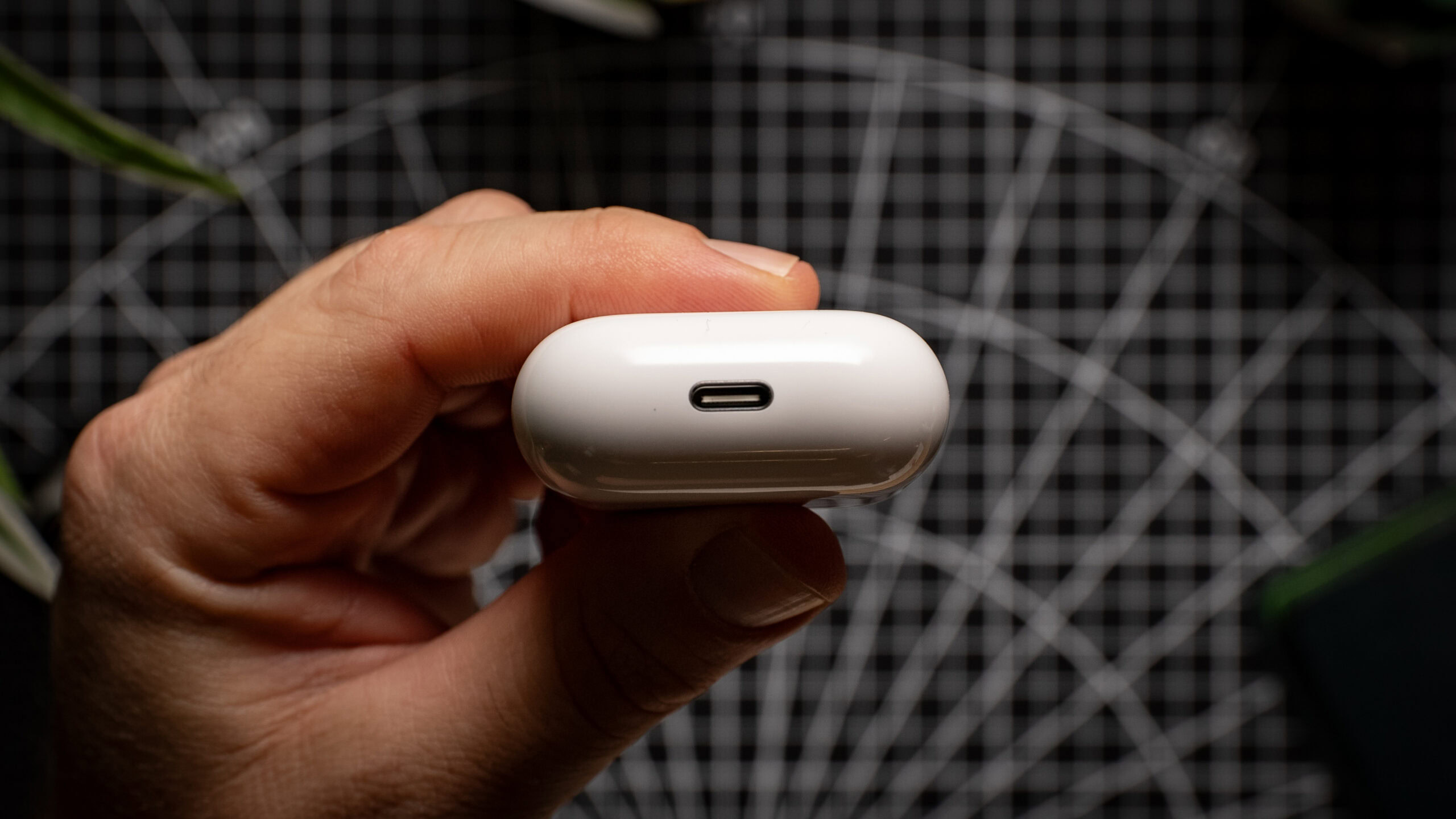
Batteries degrade over time, though the AirPods have a feature to help prevent this. Known as Optimized Charging, the AirPods will learn your typical charging routine, and wait to charge beyond 80% until just before you use them. You can power up the AirPods 4 case via USB-C. Unlike the Active Noise Cancellation version, the standard AirPods 4 case does not support wireless charging.
With wireless earbuds, charging speeds are often limited by the size of the battery cell. That said, 5 minutes of charging the AirPods 4 can provide an hour of listening time, and it only takes about 90 minutes to fully charge the AirPods 4.
How well do the Apple AirPods 4 block out noise?
Loading chart ...
The standard AirPods 4 block out very little noise. If you frequently wear your earbuds in noisy environments, such as in a city or on a bus, you should not buy the AirPods 4. You are better off upgrading to the AirPods 4 with Active Noise Cancellation, or better yet, the AirPods Pro 2.
Since the AirPods 4 do not come with silicon ear tips to seal off your ear canal, you can pretty much always hear everything going on around you. As someone who lives in a noisy city, I find it very frustrating not being able to hear my music over the sound of cars honking. If you don’t mind that though, and prefer an open earbud to design to stay aware of your surroundings, then the AirPods 4 might be for you.
The standard AirPods 4 do not have a transparency mode, but the AirPods 4 with Active Noise Cancellation do. That said, I don’t find myself missing a transparency mode here, since the AirPods 4 already have a relatively open design I find it easy to stay aware of my surroundings. They also have a feature called Personalized Volume, which automatically adjusts the volume of media in response to environment noise and predicts your preferred listening volume based on your environment.
How do the Apple AirPods 4 sound?
Despite the typical gripes around unsealed earbuds, the AirPods 4 do pretty well in our labs and in our personal use.
Multi-Dimensional Audio Quality Scores (MDAQS)
The chart below shows how the sound of the Apple AirPods 4 was assessed by the Multi-Dimensional Audio Quality Score (MDAQS) algorithm from HEAD acoustics.
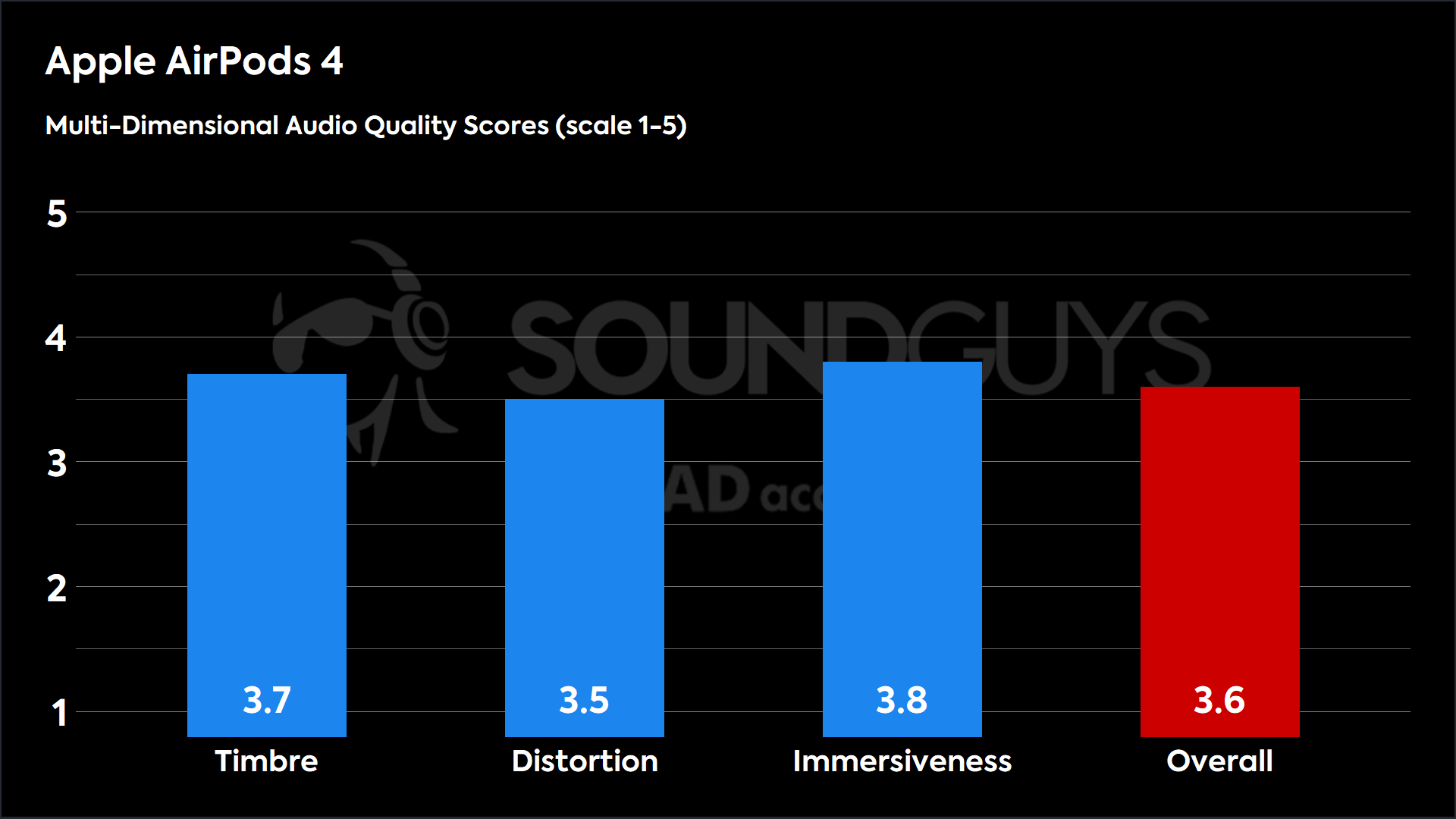
The projected mean opinion score of the AirPods 4 is 3.6, which is pretty typical of unsealed earbuds. Though these results may appear lower than those of the Apple AirPods (3rd generation), that’s because we don’t assist earbuds in fitting, so changes to the shape are a gamble — and in the case of our test setup, this resulted in lower scores. What you’re seeing is closer to what you can expect in day-to-day use than a perfect fit. Still, this is quite good, comparatively.
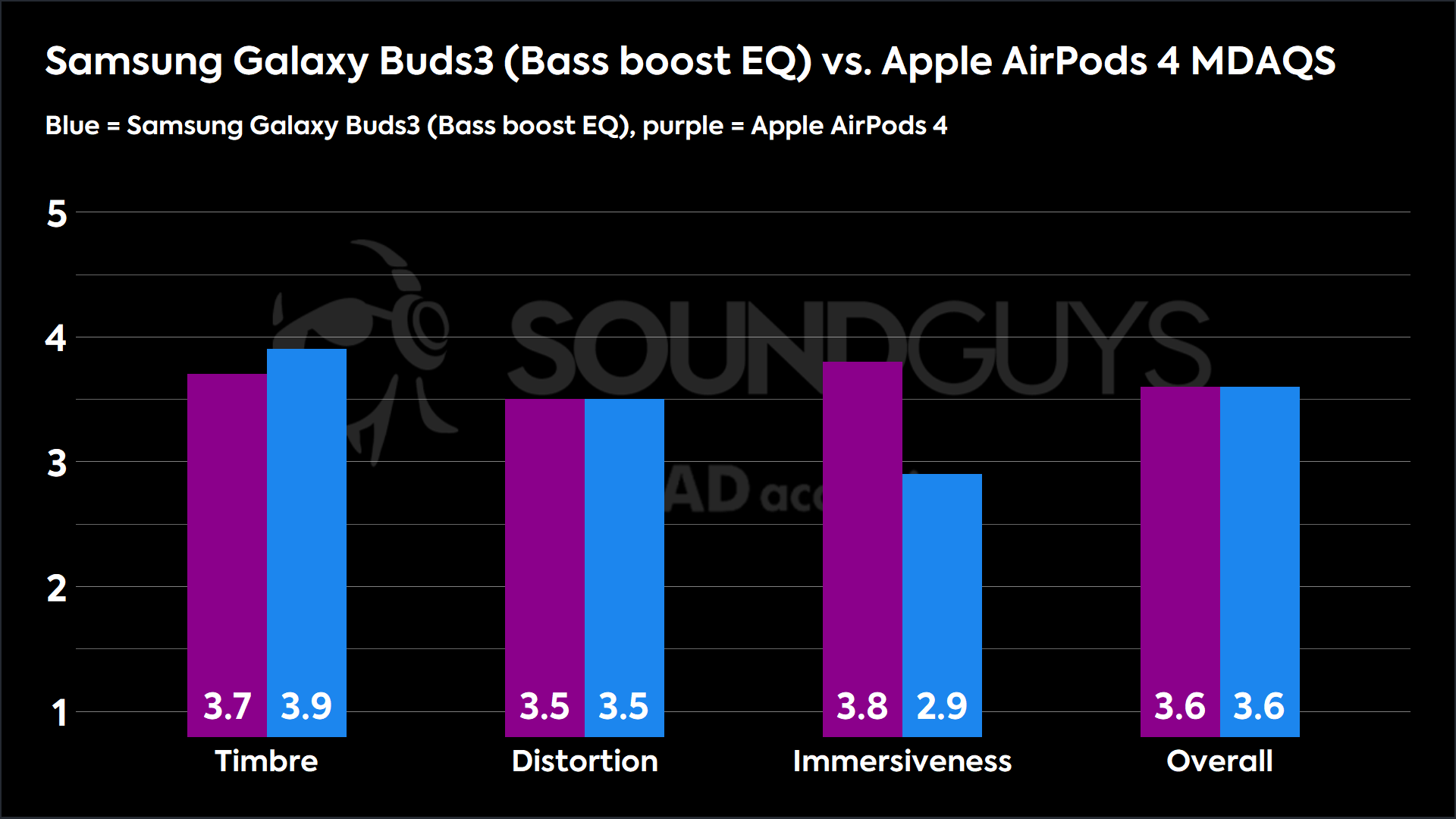
If you were to look at another unsealed set of earbuds like the Samsung Galaxy Buds3, you’d see similar scores. Above, we’ve compared the results of the Samsung Galaxy Buds3 with its Bass boost EQ setting, and the scores are extremely similar. For most people, the kind of performance pain points that an unsealed earbud introduces won’t ruin the experience, but you won’t be getting audio quality that competes with many sealed designs.
- Timbre (MOS-T) represents how faithfully the headphones reproduce the frequency spectrum and temporal resolution (timing information).
- Distortion (MOS-D) represents non-linearities and added noise: higher scores mean cleaner reproduction.
- Immersiveness (MOS-I) represents perceived source width and positioning: how well virtual sound sources are defined in three-dimensional space.
Reviewer’s notes
Editor’s note: this review uses a hover-enabled glossary to describe sound quality based on a consensus vocabulary. You can read about it here.
The redesigned shape of the AirPods 4 also comes with an entirely new acoustic architecture. In a listening test, the AirPods 4 perform acceptably well across a wide range of genres. Dance tracks such as Get Lucky by Daft Punk have a thumping bassline, though there is an absence of deep sub-bass.
Objective Measurements
Loading chart ...
The performance of the Apple AirPods 4 is virtually identical to that of their older brother, the AirPods 4 with Active Noise Cancellation. The sound is characterized by a somewhat prominent bass bump around 100Hz, which helps the impression of low-end in the face of a rather steep rolloff. In our experience, there isn’t a whole ton of music content under 60Hz, so you shouldn’t have to worry about this much unless you’re a critical listener.
This hump in the bass should help users avoid some of the more annoying effects of having an unsealed fit, and it’s a feature of some of the open-ear earbuds we’ve been testing lately. However, it’s not enough to cover outside noise, so please fight the urge to crank your tunes to a silly level.
For the most part, the mids and highs are right about where they should be in our book, save for a strange sort of overemphasis in the 2kHz region. This will make sibilant sounds noticeably louder than they should be against the rest of your mix, but that’s about it. What is interesting is that these earbuds continue the trend of Apple undershooting the 3kHz region. By underemphasizing the 3-6kHz region, you may perceive this as your music being a little less “clear” than you might be used to. However, the AirPods have great treble extension into the highest octaves of music, where other earbuds sometimes elect to roll off.
Can you use the Apple AirPods 4 for phone calls?
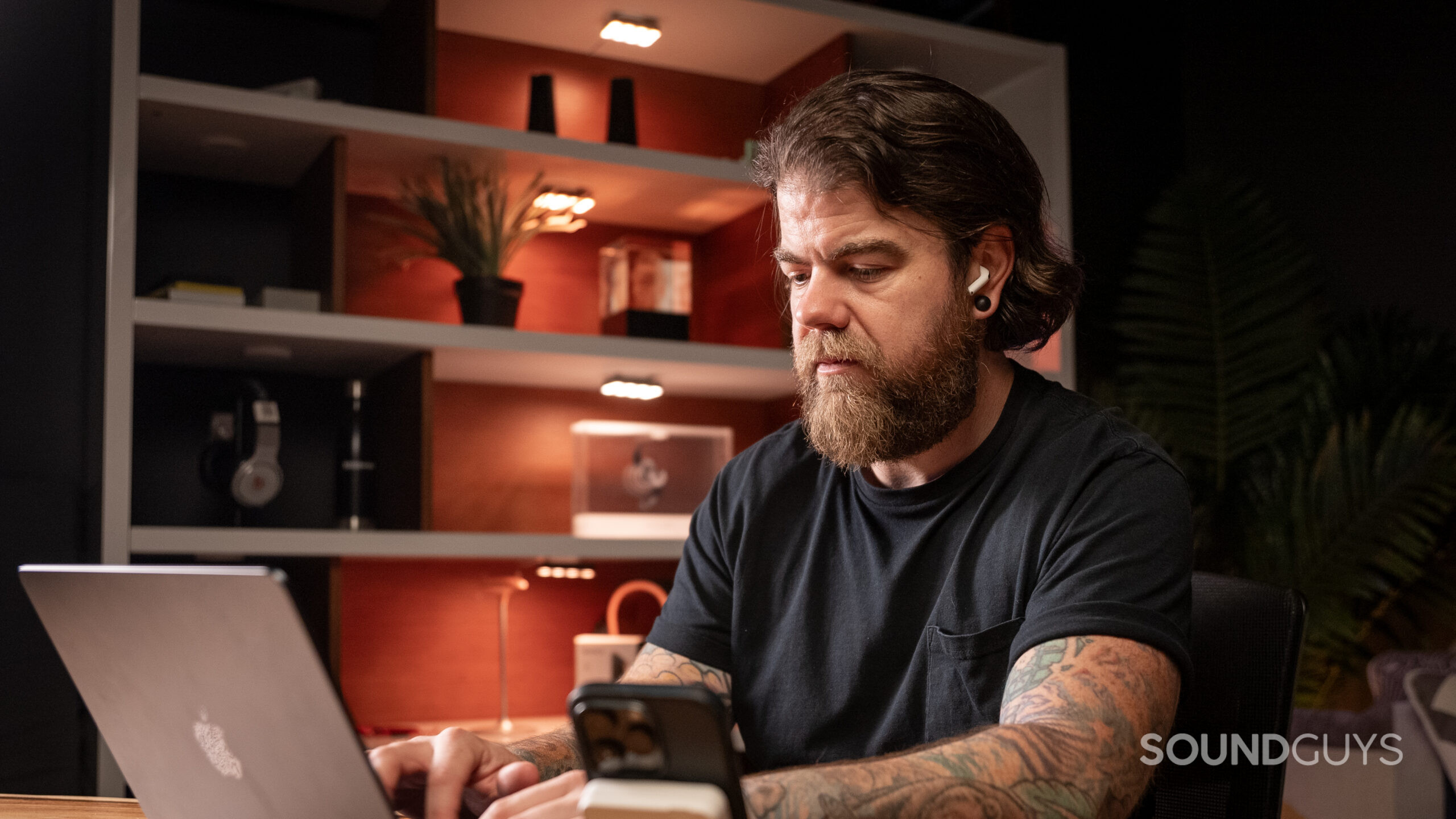
With the AAC-ELD speech codec, the AirPods 4 have improved call quality compared to previous generations. You can also now take group FaceTime calls with Personalized Spatial Audio for the AirPods 4, which makes it sound as though each voice is separate in space.
When paired with an iPhone, the AirPods 4 sends the microphone signal to your phone for AI processing. This filters out background noise, so the person on the other end of the line can hear you clearly in pretty much any environment. Our microphone demos below were recorded with the AirPods 4 paired to an iPhone, using the Voice Memos app. The AirPods 4 microphones accurately reproduce the voice, making them a good choice for video conferencing.
Apple AirPods 4 microphone demo (Ideal conditions):
How does the microphone sound to you?
Apple AirPods 4 microphone demo (Office conditions):
Apple AirPods 4 microphone demo (Street conditions):
Apple AirPods 4 microphone demo (Windy conditions):
Apple AirPods 4 microphone demo (Reverberant space):
The background noise rejection is fairly good on the AirPods 4 microphones. Occasionally, the algorithm also cuts out the voice, but for the most part, it is easy to make out what each voice is saying. Whether you are indoors or outdoors, the AirPods 4 microphones are good enough to be used on the go.
Should you buy the Apple AirPods 4?
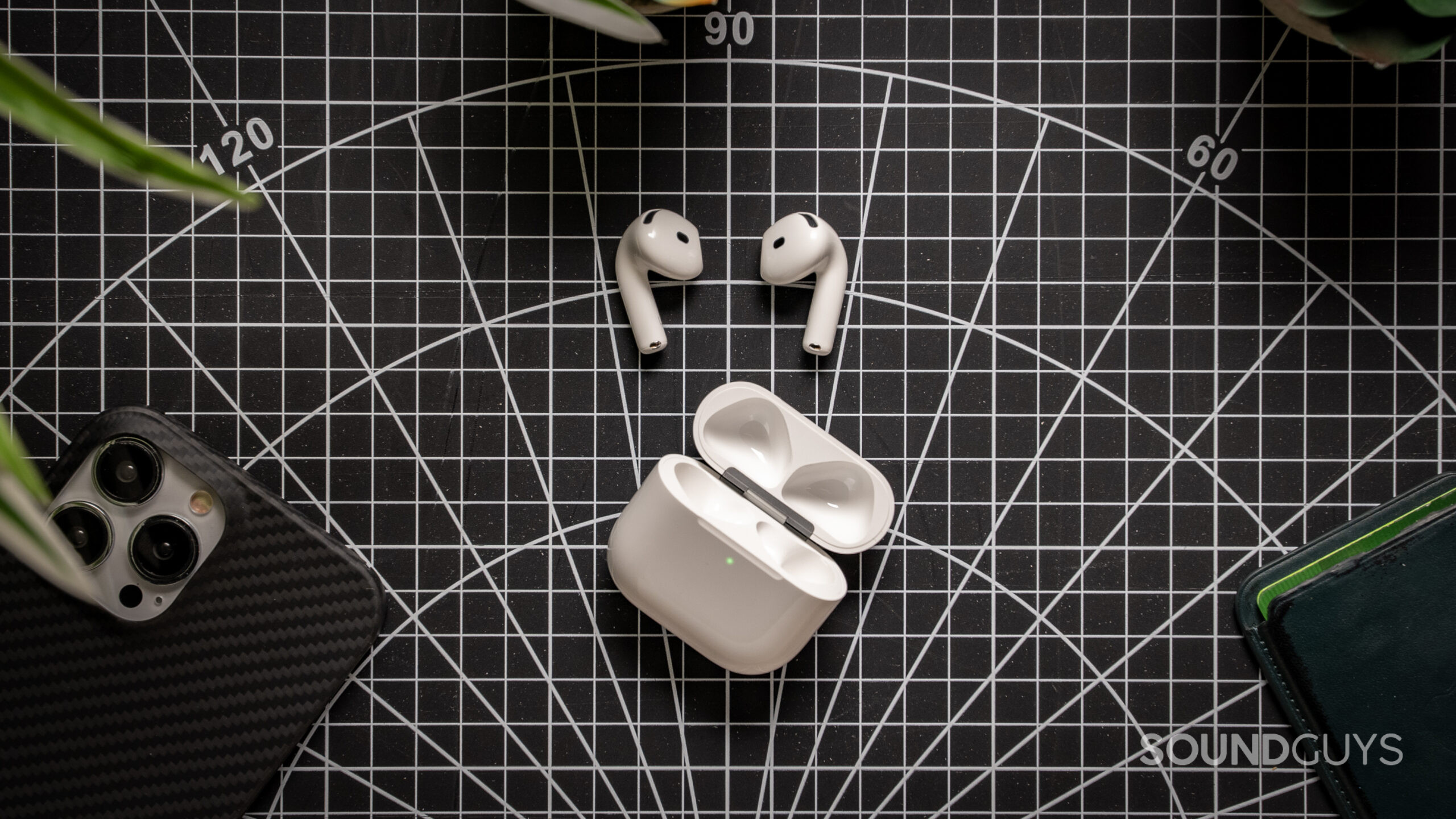
The AirPods 4 are undoubtedly an upgrade over the AirPods 3. The fact that they have a cheaper starting price is just icing on the cake. That said, just like previous generations, your experience with the AirPods 4 will be almost entirely dependent on whether or not the shape of the earbuds fit your ears. Unlike most wireless earbuds, these don’t have swappable ear tips, fins, or ear hooks included to adapt the earbuds to the shape of your ears. If possible, we highly recommend you try on the AirPods 4 before buying.

Are the AirPods 4 better than the AirPods 3?
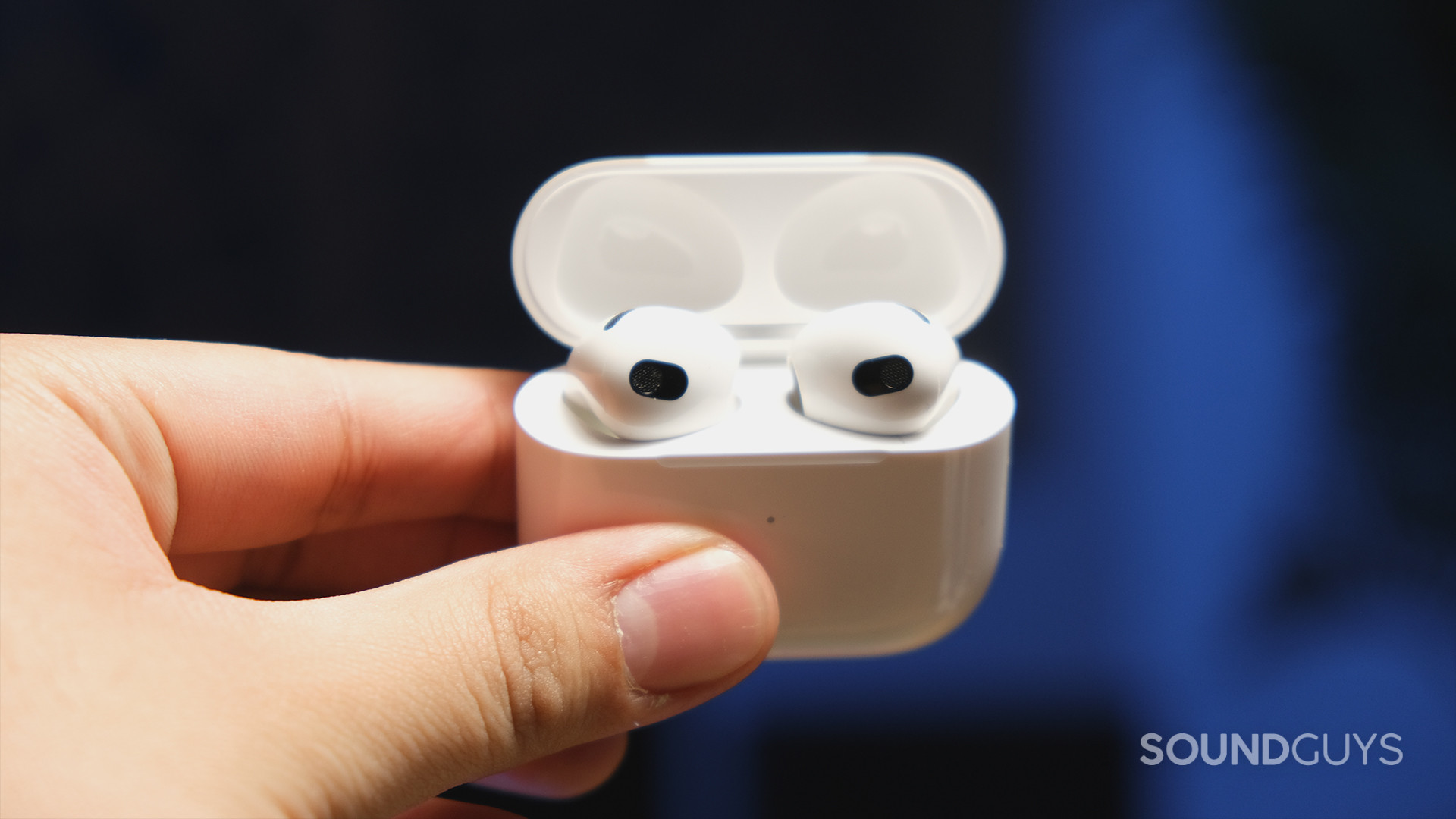
The AirPods 4 are a noticeable upgrade over the AirPods 3. You get a redesigned shape for improved comfort, additional dust resistance, the H2 chip for more Siri interactions and upgraded microphones, USB-C charging, and improved sound quality. Unless you can find the AirPods 3 for significantly cheaper than the AirPods 4, I would go for the AirPods 4.
You’ll notice even more of an upgrade from the original AirPods, or AirPods 2. If you’ve been holding out on upgrading for a few generations, you’ll be pleased by the improved performance and additional features that come with the AirPods 4.
What should you get instead of the Apple AirPods 4?
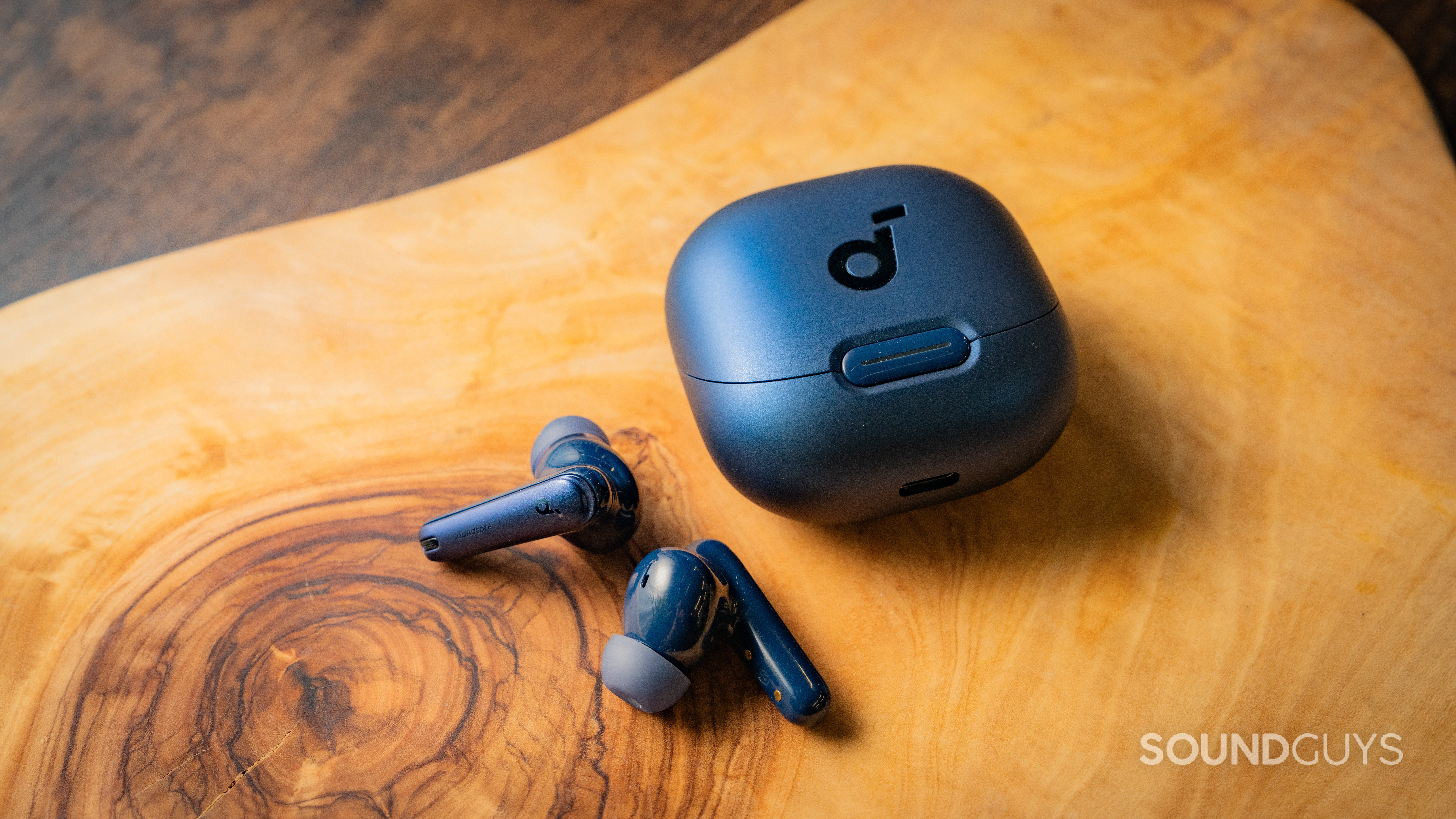
There are lots of good wireless earbuds around $100, if you are willing to forgo the conveniences of staying within the Apple ecosystem. One of our favorites is the Anker Soundcore Liberty 4 NC, $99.99 at Amazon. These earbuds deliver a ton of features, along with good sound quality and active noise canceling.
Another great option is the EarFun AirPro 4, $89.99 at Amazon. For less than the cost of the AirPods 4, you get Bluetooth 5.4 with high-res codecs, long battery life, good noise canceling, and good sound quality.
Frequently asked questions
You can read about the differences between the two generations of AirPods in our AirPods 4 vs. AirPods 3 article.
While you can technically pair the AirPods 4 to an Android phone and listen to music, you'll miss out on most of the features that the AirPods 4 offer. When paired to a non-Apple device, the AirPods 4 become "dummy" earbuds that pretty much just play audio.
If you want noise canceling, you need to specifically get the AirPods 4 with Active Noise Cancellation, not the regular AirPods 4.
The standard AirPods 4 do not have wireless charging, but the AirPods 4 with Active Noise Cancellation do.
The AirPods 4 were released in September 2024.
No, as of writing, only the AirPods Pro 2 support hearing aid functionality and all of the other Apple Hearing Health features.